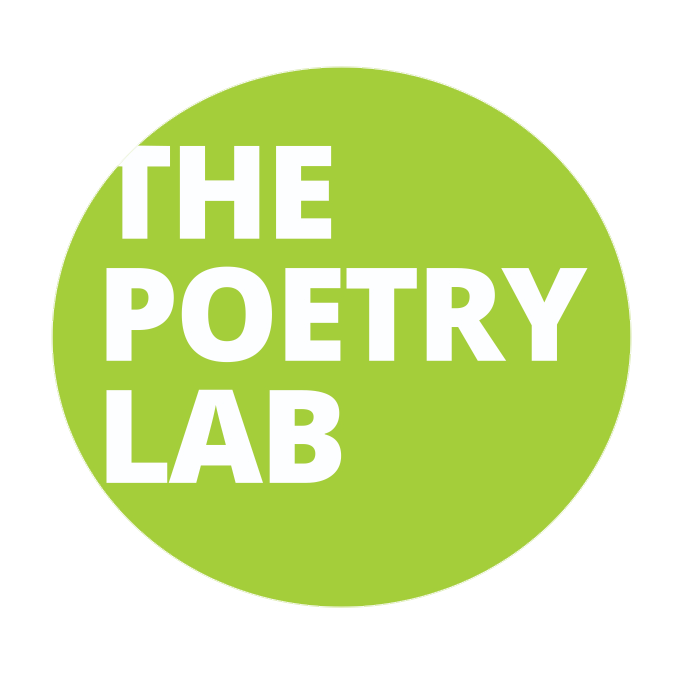The Art of Poetic Structure: Poetic Turns
A couple of years ago, I taught a workshop about poetic structure with a focus on the poetic turn, meaning the way an idea or a feeling shifts within a poem. Poetic structure is the foundation of any poem because it reflects the way in which ideas, thoughts, and speech patterns are organized in a given poem.
At the time, I had just finished and published my first poetry collection and was beginning to think about writing again. So, I started asking myself questions about repeating patterns in my poems. For example, my tendency to start poems with a scene, locating the reader in place and time, as well as maybe introducing the speaker. That’s not necessarily a bad thing, but if you’re writing a series or thinking about putting together a chapbook or a full collection of poems, repeating this pattern will make your poems predictable and will turn away your reader (and probably will bore you as well).
During my MFA, I read Michael Theune’s Structure and Surprise. Engaging Poetic Turns, which is a compilation of essays from different authors about poetic structure, something not often talked about, either on its own or in connection to form. In addition to the book, Theune has a website full of resources about the topic.
Poetic structure can be difficult to identify if you don't know what you’re looking for. It’s not just about rhythm or syntax or the form a poem takes on the page, but how the poem can turn something seemingly simple or mundane into something wondrous by looking at the main theme from an unforeseen perspective. As Theune says, “structure’s primary concern is the art of the turn.”
But what does a poetic turn look like, and how do we identify it in a poem? In his article, “An Unbroken Grace,” writer and environmentalist Barry Lopez says that,
“The one skill a writer must have is the ability to make meaningful patterns, in the same way a dancer or choreographer or a composer makes patterns.”
I see poetic turns as “meaningful patterns” in a poem that give it texture and complexity, and at the same time, create a necessary element of surprise that will most likely make you want to read the poem again and again. If you’re a poet like me, it will motivate you to figure out a way to do this with your own poems.
For now, I want to focus on two different types of poetic turns explored in Structure and Surprise, as well as some examples that will help you understand what they can do for a poem.
The Volta
The most commonly known type of turn is the volta, which is used in a sonnet (there’s a wonderful article about the anatomy of a sonnet in the Resource Center, which you can find here) to signal a counterargument to what comes before.
For example, in “Sonnet from an Ungrafted Tree, LXI” by Edna St. Vincent Millay, the first 8 lines talk about what it means to be a woman, to feel desire and lose control of oneself:
I, being born a woman and distressed
By all the needs and notions of my kind,
Am urged by your propinquity to find
Your person fair, and feel a certain zest
To bear you body's weight upon my breast:
So subtly is the fume of life designed,
To clarify the pulse and cloud the mind,
And leave me once again undone, possessed.
The speaker can’t think clearly as she is taken by her emotions and her body responds to that, which is why in the last 6 lines of the sonnet (the volta) there’s a turn. The pleasantness from the first part of the poem has so become overwhelming, the speaker wants nothing more to do with it. The last 3 lines deliver the punch:
[…]let me make it plain:
I find this frenzy insufficient reason
For conversation when we meet again.
Reason has taken over again as the speaker collects herself and makes the decision to not meet with this person again.
Read “Sonnet from an Ungrafted Tree, LXI” ↗
A more contemporary example of the volta can be found in Diane Seuss’s sonnets from her Pulitzer Prize-winning collection frank: sonnets (2021). Unlike Millay’s, they don’t have an end rhyme. Some are written in couplets; others resemble a block of prose poetry, with only commas to signal pauses, or to separate actions or items, like in this example from “Six Unrhymed Sonnets”:
I aborted two daughters, how do I know they were girls,
a mother knows, at least one daughter, maybe one
daughter and a son, will it hurt I asked the pre-abortion
lady and she said, her eyes were so level, I haven’t been
stupid enough to need to find out, cruel but she was right,
I was and am stupid, please no politics, I’ve never gotten
over it, no I don’t regret it, two girls with a stupid penniless
mother and a drug-addict father, I don’t think so, I shot
a rabbit once for food
The speaker of this poem reflects on who she was at the time of her abortion, as well as her naiveté and ignorance. She mentions how the experience scarred her (“I’ve never gotten / over it”), but how it was also necessary because of her situation at the time.
The volta begins in the second half of the sixth line and uses religion and the figures of Jesus and Mary as a way to insert an isolated experience into a larger narrative, one many readers will recognize:
I am not pristine, I am not good,
I am in no way Jesus, I am in no way even the bad Mary
let alone the good, though I have held my living son
in the pietà pose, I didn’t know at the time I was doing it
but now that I look back, he’d overdosed and nearly died,
my heart, he said, his lips blue, don’t worry, I’ve paid.
Read “Six Unrhymed Sonnets” ↗
The Mid-Course Turn
As the section heading suggests, this type of turn happens halfway through a poem (or even before that) and changes the course of events. Jerry Harp has an essay about the mid-course turn in Structure and Surprise. For him, midway turns are abrupt and radical.
Let’s look at some examples to see how this works.
An author I love to read because of the surprising structure in his poems is Swedish poet Tomas Tranströmer. In particular, I want to highlight “After Someone’s Death,” translated by Patty Crane. The first stanza reads:
Once there was a shock
that left behind a long, pale, shimmering comet’s tail.
It shelters us. It makes the TV images fuzzy.
It settles in cold droplets on the power lines.
The poem gives us a context that relates to the title. There’s a “shock” and there are aftereffects. Everything looks different, “fuzzy.” The word “cold” in the last line contributes to creating a gloomy atmosphere.
Then, the second stanza shifts from a more impersonal address to second person (you) that could be the speaker talking to himself, but that also engages the “you” that is the reader:
You can still shuffle along on skis in the winter sun
through groves where last year’s leaves hang on.
Like pages torn from old telephone books—
all of the names swallowed up by the cold.
Even though the tone here is like the first stanza, there’s a change, a glimmer of something like hope (“you can still shuffle…”), leaves still on some of the trees.
The last stanza contrasts the almost pleasant feeling from the second stanza (“It’s still pleasant to feel the heart beating”) with the darkness from the first one (“But the shadow often seems more real than the body”). The final 2 lines drive home the vulnerability of the speaker in the face of death:
The samurai looks insignificant
beside his armor of black dragon scales.
Read “After Someone’s Death” ↗
Another example of the mid-course poem is Franny Choi’s “Quarantine,” a cause-and-effect poem where at least five of the first 6 lines contain the word “because” as the speaker describes a series of devastating situations.
Because I did not have to smell the cow’s fear,
because I did not have to pin the man, watch his eyes
go feral, because I did not have to drag the stones
that formed in the child’s body, because I did not sheath
my hands in dank soil, or skirt the machine’s battering, the needles
knitting my lower back, because when the factory collapsed
Then, in line 7, the poem evokes a response to the above lines, giving the reader an insight into the speaker’s life, which she compares to current events (police brutality, war, the cruelties of the food industry). The last line here is particularly powerful:
I smelled no smoke, and no one made me kneel at the cop’s boots
and count the pulse slowing beside me as every sound
soured, because my hands have never had to resist being comforted
by the warmth of blood, because the plastic-
wrapped meat and the mousetraps, because my job
was to stay clean and thankful and mostly imaginary
Read “Quarantine” ↗
These are only a few examples of what poetic turns can look like.
Next time you read a poem, try to find the turn(s) and ask yourself what kind it is. The more you read, the more you’ll be able to recognize patterns within the structure of a poem.
When I revise a poem, I try to look for opportunities where I can shift perspective, make an unexpected connection, or even play with the language. Sometimes this means you’ll end up with a completely different poem. And that’s ok—it’s part of the process of discovery in writing and it teaches us to let go of preconceived ideas and expectations.
The turn is one way of looking at structure, but there are a couple of other ways I find useful and that I will talk about in the second part of this article.
This article was published on June 24, 2024. Written by:








